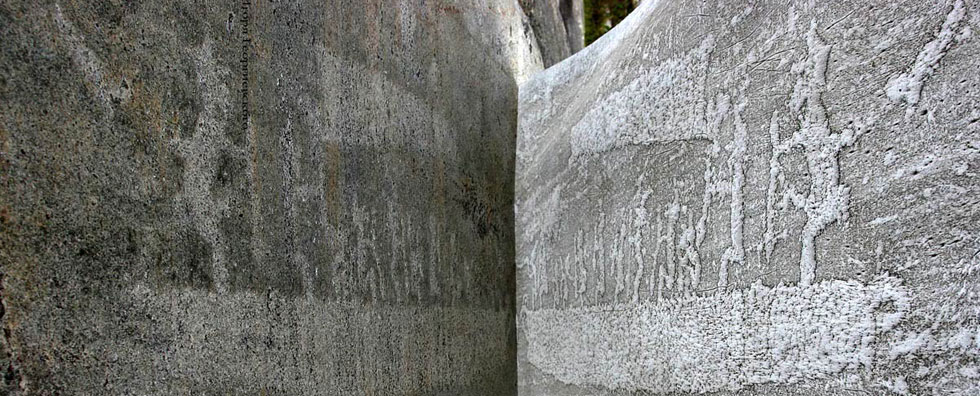
Issue №2, Vol. 20
Grafova E., Gavrilova O., Gorbach V. Study of wood waste-based soil substrates for forest seedlings growing // Resources and Technology. 2023. №2, Vol. 20. P. 82‒98.
DOI: 10.15393/j2.art.2023.7143
Study of wood waste-based soil substrates for forest seedlings growing
| Grafova Elena | Petrozavodsk State University, grafova.elena.karelia@gmail.com |
| Gavrilova Olga | Petrozavodsk State University, ogavril@petrsu.ru |
| Gorbach Viacheslav | Petrozavodsk State University, gorbach@petrsu.ru |
|
Key words: soil substrate; wood substrate; composting; biological treatment of wood waste; reforestation; seedlings growing |
Summary: The seedlings low survival rate, reduced soil fertility and forest soils disturbance result in insufficient reforestation in Russia. This problem might be solved by cultivation substrates preparation that compensate for the lack of fertile soils and increase the sustainability of homogeneous forest plantations. Cultivation substrates were produced from the waste of Karelian timber industry enterprises by composting with addition of sewage sludge from nearby housing and communal services. The substrates fertile properties were evaluated by seeds germinating ability and growth rate of oats (Avena sativa L.) and Scotch pine (Pinus sylvestris L.). The substrates properties were compared with those of factory-made peat mixture. The distribution of the variant in the samples for compliance with the normal law was checked by the Shapiro-Wilk test. Resampling methods were used for statistical data processing. The range of variation of indicators was estimated using a simple nonparametric bootstrap method, and confidence intervals were established by the percentile method. The MCR randomization test was used for comparisons. Trends in the variability of indicators over time were described by logarithmic models. Substrates were produced by using pine sawdust (substrate 1) and bark (substrate 2). The production time of the substrates varied: 5 months and 1.5 years, respectively. The resulting substrates differed in chemical composition and morphological consistency. In both substrates, the content of heavy metals and the absence of pathogenic microorganisms and parasites corresponded to sanitary standards thus ensuring their safety usage. The germination of oats seeds varied from 0 to 100%. The plants height in the control group did not differ significantly from that of substrate 2, but was significantly greater than in substrate 1. The germination rate of pine seeds ranged from 20 to 100%, the slowest seedlings growing rate was observed in substrate 1, the fastest one — in substrate 2. The average growing rates of plants in peat and substrate 2 did not differ significantly. Thus, no significant differences were found between the tested substrates for seed germination. The research results indicate that the fertile properties of the obtained substrates do not differ significantly from those prepared in the factory. Substrates obtained from fresh and long-term storaged wood waste can be used to grow seedlings in nurseries, to increase the fertility of forest soils during reforestation, and to reclaim disturbed lands. |
Displays: 657; Downloads: 399;




